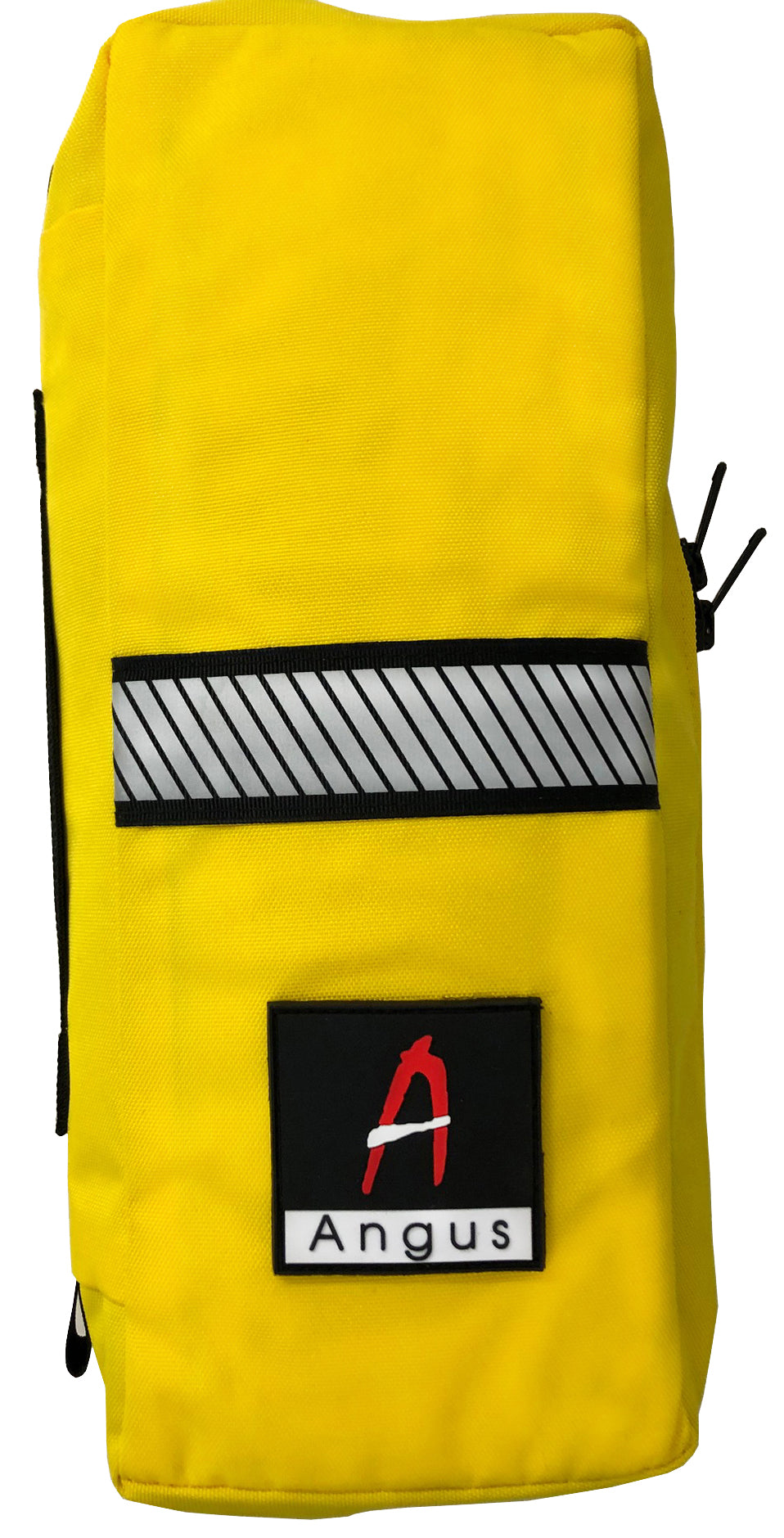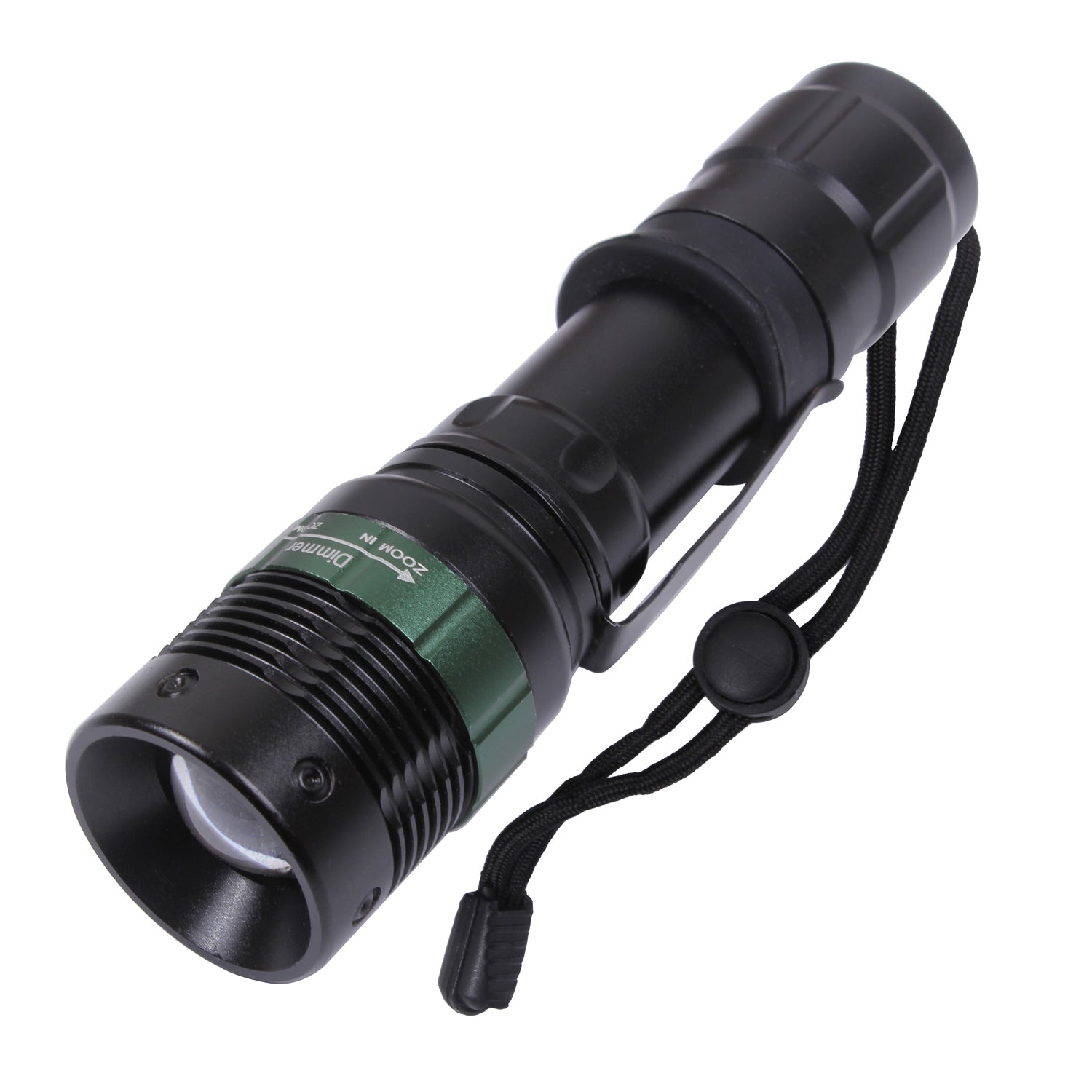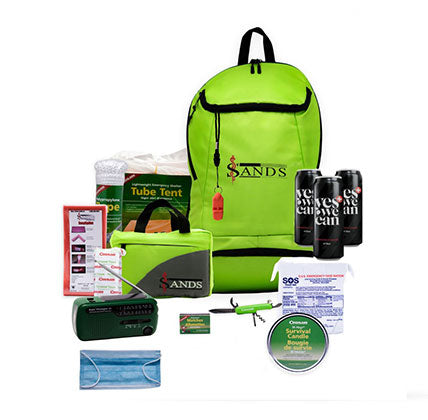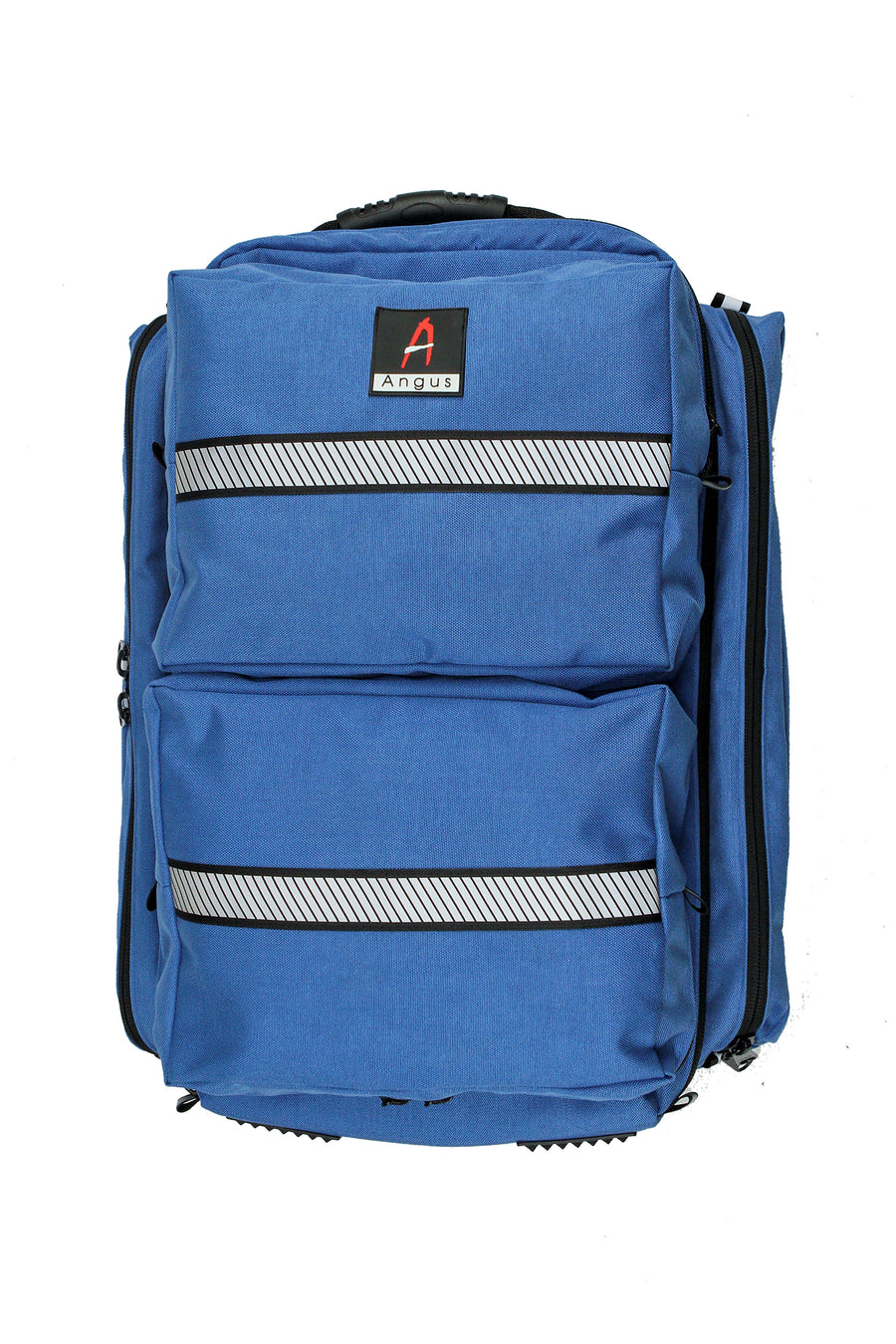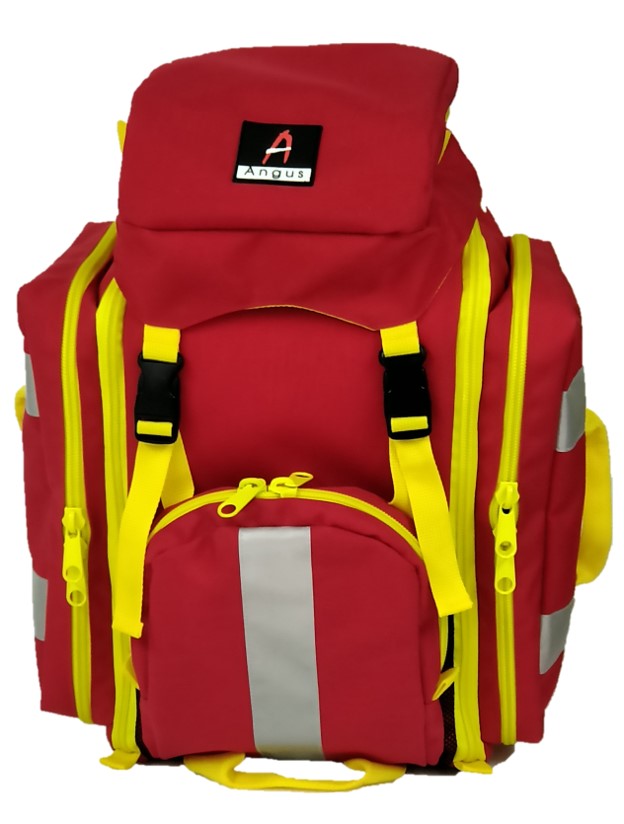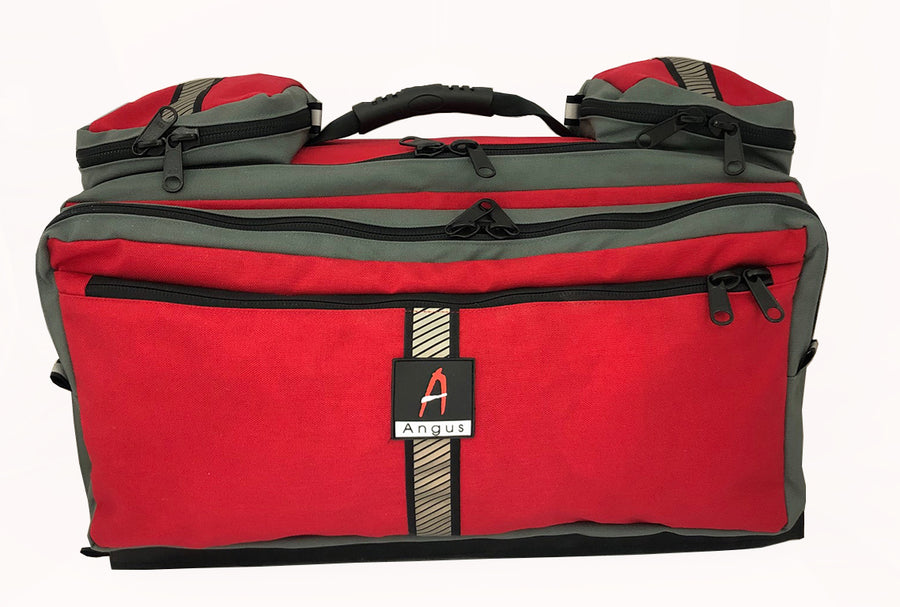Backpacks
Paramedic and First Aid Supply Backpacks
We do. We are Sands Canada. Our company manufactures and supplies a wide array of medical equipment backpacks to Emergency Services: Paramedics, Fire, Police, Industry and for individual use for more than three decades. Sands also stocks all the emergency equipment required for high-level response bags. When would a backpack be more beneficial than a standard hand-held medical trauma bag?
Professionals who frequently use medical backpacks understand the advantages over a conventional trauma bag. Both in the urban and rural setting, using a backpack can be beneficial when using stairs, navigating a rough trail or mountainous terrain.
When Are Medical Backpacks Used?
Medical backpacks are used when conventional styles are not appropriate. If you want a hands-free system, typically respond to calls where you are required to walk long distances or up and down trails or stairs, a medical backpack can be the preferred model. Depending on the style of backpack, the harness system can vary from simple to complex, but each securement system is designed to hold the weight and contents of whichever style you choose.
For over 30 years, Angus has designed and built an assortment of medical equipment backpacks for our professional customers and individuals in Canada and the United States. Some of our specialty backpacks are:
- Paramedic Backpack
- Medical Supply Backpack
- Portable Oxygen Tank Backpack
- First Aid Backpack
Don’t forget, if you deplete your stock on a call, Sands has all the ALS or BLS medical equipment required to refill your medical backpack so that you are ready for the next emergency situation that comes your way.
In Conclusion
Sands Canada isn’t just a medical backpack supplier, we are also a medical backpack manufacturer Canada. Our line of Angus Bags offers unique, field proven designs, with a limited lifetime warranty. Talk to the medical professionals, call Sands Canada today.
Proper Backpack fitting (mmdchiropractic.ca) as per the blog from MMD Chiropractic Health Centre, Hamilton, Ontario.
Wear Backpack High on Back to Prevent Pain
Always wear both shoulder straps rather than slinging it on one shoulder. Adjust the shoulder straps, so the backpack is high on the back and the shoulder straps are comfortable on the shoulders. The backpack should not sway from side to side as you walk. If a waist strap is available, it should be used, as it transfers the weight of the pack to the hips rather than having all of the weight riding on the shoulders.
Wrong Way to Wear a Backpack - Using One Strap - Sling Method
Wearing a backpack slung over one shoulder puts all of the pressure on that shoulder. Regular carrying of a backpack this way may result in bad posture habits and strain the shoulder and neck. Take the time to use both straps and position the backpack high on the back, where it won't sway with each step.
Wrong Way to Wear a Backpack - Low on Back
Wearing a backpack low on the back increases the pressure on the shoulders. This position may lead to shoulder and lower back strain. Loosening the shoulder straps makes it easier to put the backpack on and to take it off, but you should adjust the straps immediately, so it rides high on the back. This low back position may lead to a forward lean, which places pressure on the lower back. Loose straps also allow the pack to sway back and forth when you walk, which can be uncomfortable and may result in the straps chafing your shoulders.


